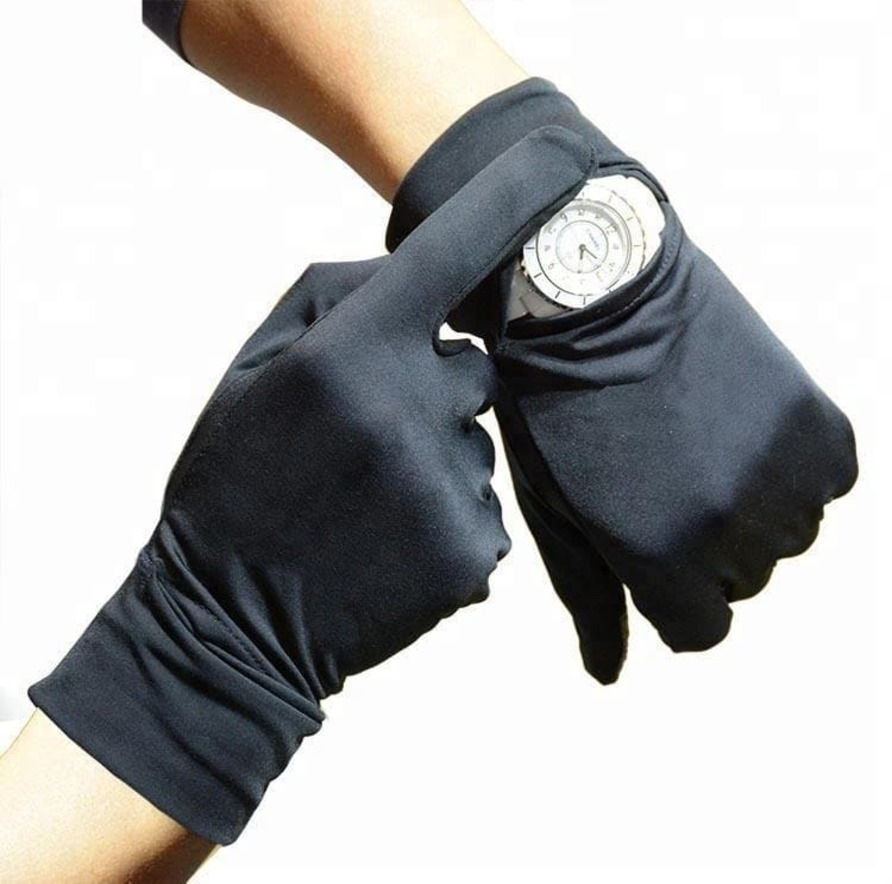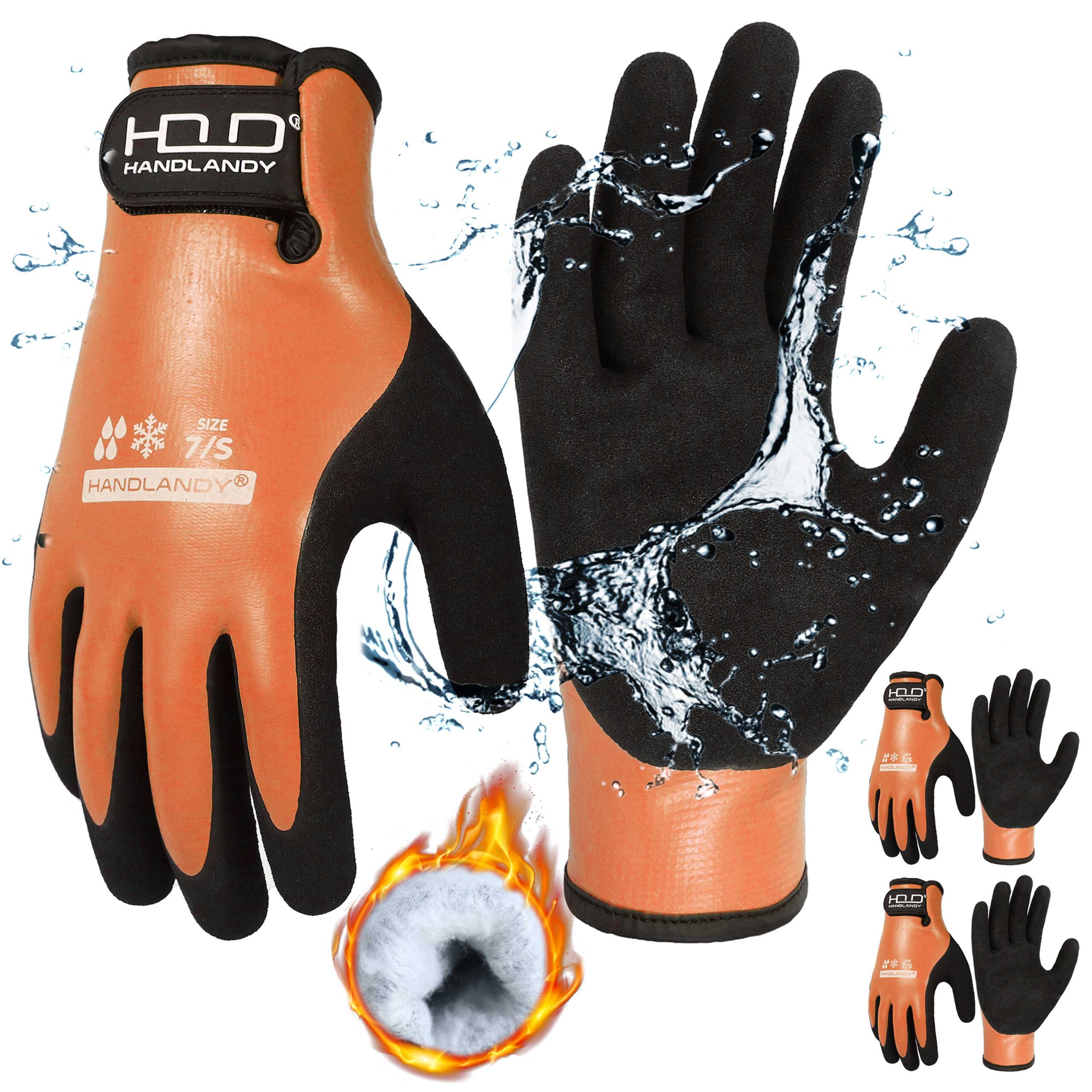Running gloves are essential for maintaining comfort during runs, especially in varying weather conditions. They are crafted from materials that offer warmth, breathability, moisture-wicking, and flexibility. Here’s an overview of common materials used in running gloves:
Common Materials in Running Gloves
1. Polyester
- Properties: Lightweight and durable, polyester effectively wicks moisture away from the skin, keeping hands dry during runs.
- Benefits: Quick-drying and breathable, making it suitable for various weather conditions.
2. Nylon
- Properties: Known for its strength and elasticity, nylon provides a snug fit and aids in moisture management.
- Benefits: Enhances flexibility and comfort, allowing natural hand movements.
3. Spandex (Lycra)
- Properties: Incorporated for stretchability, spandex ensures flexibility and a comfortable fit.
- Benefits: Allows gloves to conform to hand movements without restricting motion.
4. Merino Wool
- Properties: A natural fiber celebrated for its superior insulation and moisture-wicking abilities.
- Benefits: Keeps hands warm in cold conditions while preventing overheating; soft and comfortable against the skin.
5. Fleece
- Properties: Soft and insulating, fleece offers warmth in colder conditions.
- Benefits: Provides thermal insulation; often used in lining or as the main material in winter running gloves.
6. Windproof and Waterproof Membranes
- Properties: Materials like Gore-Tex are utilized to provide protection against wind and rain.
- Benefits: Essential for maintaining comfort in adverse weather conditions; keeps hands dry and shields from cold winds.
Choosing the Right Material
Selecting the appropriate material depends on factors such as climate, personal comfort preferences, and specific running conditions. Consider the following:
- Climate: For cold weather, materials like merino wool or fleece offer insulation. In milder climates, lightweight fabrics like polyester or nylon are preferable.
- Moisture Management: Materials with moisture-wicking properties, such as polyester and merino wool, help keep hands dry by drawing sweat away from the skin.
- Flexibility: Incorporation of spandex ensures that gloves are flexible and move seamlessly with hand movements.
- Weather Protection: For wet or windy conditions, gloves with windproof and waterproof membranes provide necessary protection.
Additional Features
Modern running gloves often include features to enhance functionality:
- Touchscreen Compatibility: Conductive materials on fingertips allow the use of smartphones without removing gloves.
- Reflective Elements: Enhance visibility during low-light conditions, improving safety.
Conclusion
Running gloves are made from a variety of materials, each selected to provide specific benefits such as warmth, moisture management, flexibility, and weather protection. Choosing the right material depends on individual needs and running environments, ensuring comfort and performance during runs.








